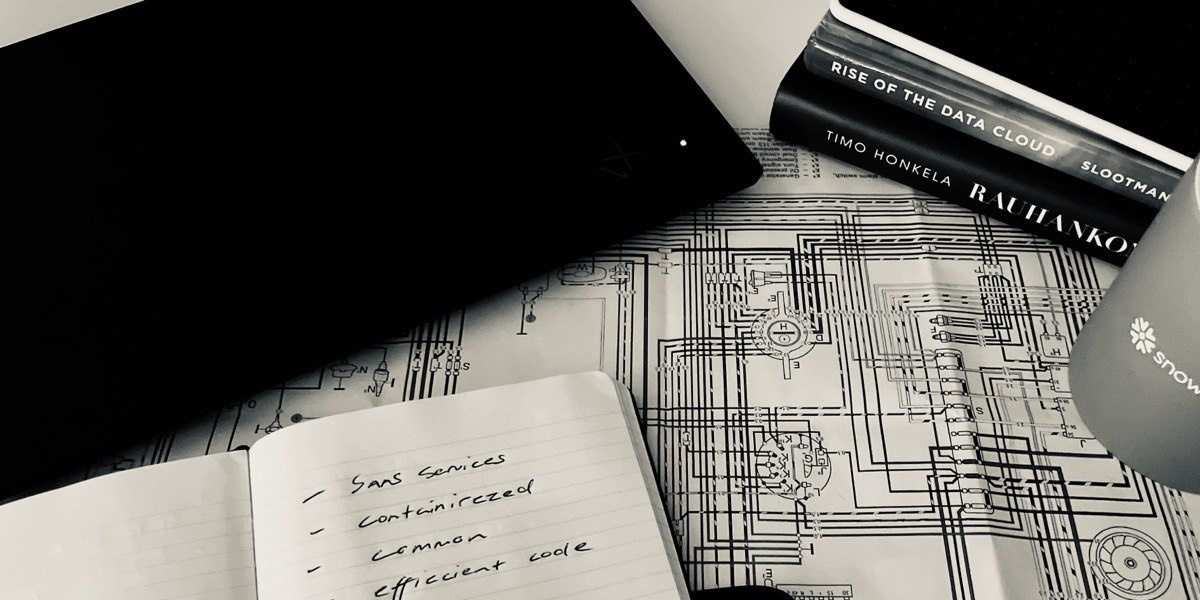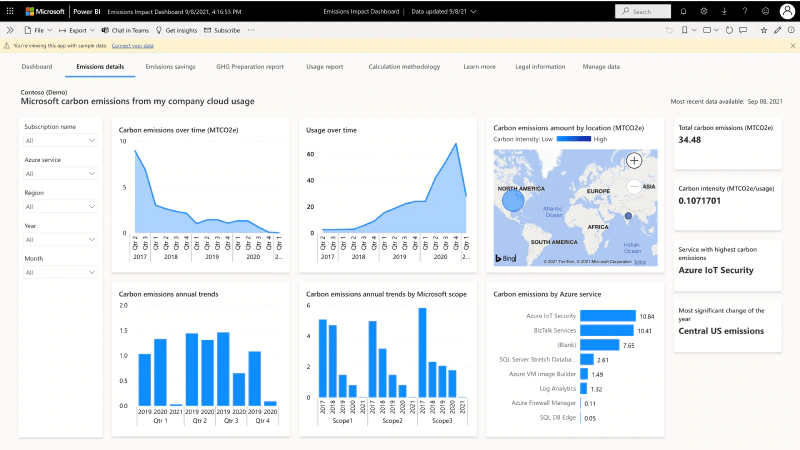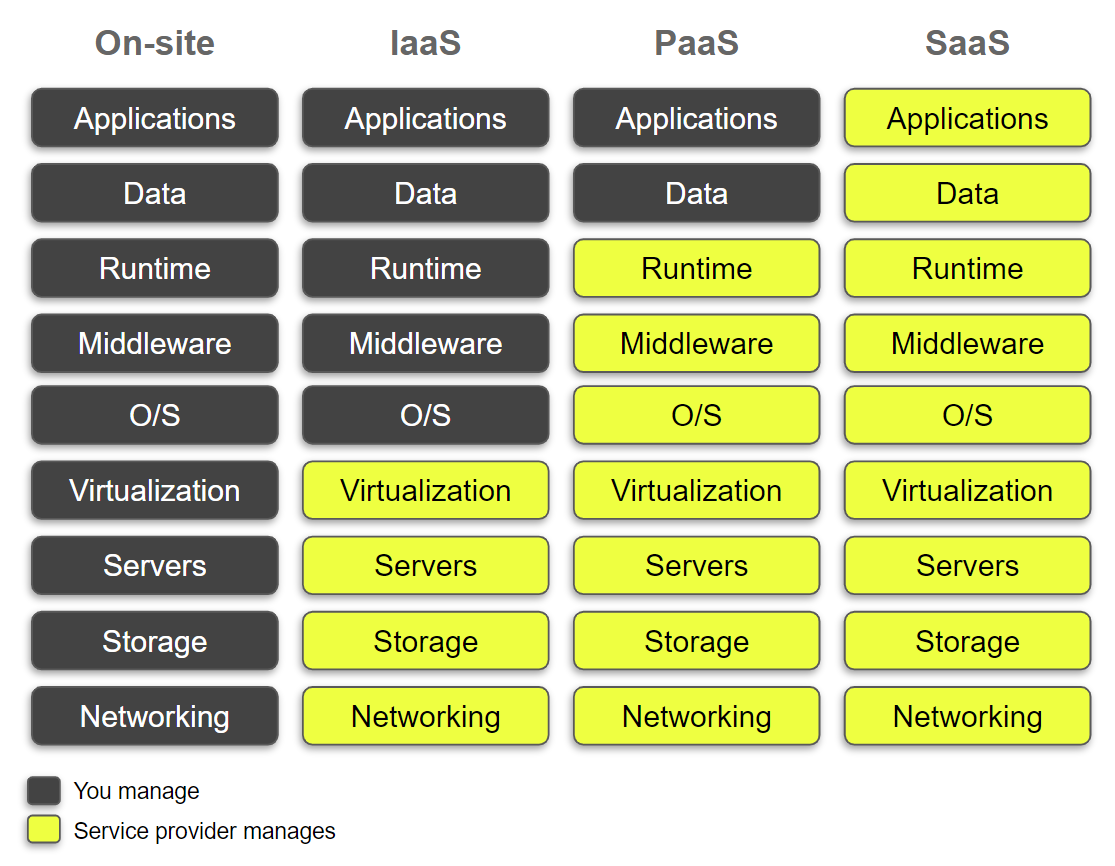Share to gain more social capita
Written by — Mika Heino, Data Architect

I claim that a data platform built with sustainability is more secure, affordable and maintainable than the competition. Together with the Green Coding initiative and usage of SaaS and cloud resources, one can start the journey of building a more sustainable data platform. In this article, I'll list sustainable activities that any Data Architect, Data Engineer or data professional can make in their daily work.
Written by — Mika Heino, Data Architect
Share to gain more social capita
I claim that a data platform built with sustainability is more secure, affordable and maintainable than the competition. Together with the Green Coding initiative and usage of SaaS and cloud resources, one can start the journey of building a more sustainable data platform. In this article, I'll list sustainable activities that any Data Architect, Data Engineer or data professional can make in their daily work.
Before going into suggestions, I want to set the premise that this subject I'm talking about is nothing new. People are even more knowledgeable of issues raised by yearly IPCC reports and want to take steps that hopefully will control global warming. Companies are also taking actions that their products are more sustainable or they've been created using more sustainable processes. This is also seen in the area of data. Demand for manufacturing data products and applications that help companies and public sector services to make informative and sustainable decisions is growing.
Before the public awareness raised by crypto-mining, the details of the energy cost of servers used to run our data infrastructure were more or less limited to IT -personnel responsible for companies' IT -infrastructure. According to an EU Commission study, "data centres accounted for 2.7% of electricity demand in 2018 and will reach 3.21% by 2030 if development continues on the current trajectory.". Data Center technology has luckily managed to keep up with the pace of our needs for new services. The latest innovation is Microsoft's upcoming data centre which uses 100% emission-free electricity as well as transfers the waste heat from the server cooling process to the district heating system in southern Finland.
Cloud providers are also aiding us end-users to make more sustainable data products and services running on top of the cloud. AWS just introduced a new "Sustainability" -pillar to their AWS Well-Architected Framework. This pillar gives explicit guidelines to cloud developers and users on how one can reduce energy usage on top of AWS. Azure offers a Power BI dashboard that delivers transparency to greenhouse gas emissions associated with a given Azure account. Microsoft is also one of the founders of the Green Software Foundation with the Linux Foundation, GitHub, consultancies Accenture and ThoughtWorks. Green Software Foundation aims to increase awareness and offer solutions for sustainable solutions. Locally in Nordics, Knowit released its initiative toward the sustainable cloud.
 Power BI - Microsoft Emissions Report - Microsoft.com
Power BI - Microsoft Emissions Report - Microsoft.com
After everybody has migrated into the cloud, it will be more challenging to reduce the overall energy consumption. That doesn't mean that we should slow down the migration speed to the cloud vendors. Not at all. Cloud vendors like Microsoft and AWS are leaders in green data centre technology and are almost immune to global issues, like the Global chip shortage we face now. Global chip shortage is though just one of the challenges ahead. For example, the copper used in CPUs is estimated to have a supply lag in post-2025 based on a survey made by S&P Global Market Intelligence. This supply lag can cause a situation where CPUs are in high demand. The already acknowledged demand has luckily fueled new innovations. Copper is one of the few materials that can be repeatedly recycled without loss in performance, which has led to the rise of using scrap copper as material.
All of this means that cloud usage as we know it now will face obstacles in the future. We will need to balance with an ever-growing demand for new innovative business solutions and be even more sustainable. This means that we shouldn't architect our systems to rely on an endless pool of cloud resources.
One starting point to initiate implementing actions is ISO14001. ISO14001 is a suite of practical tools, policies and standards that enable you to implement an effective environmental management system. ISO14001 aims to protect the environment, and preserve resources while regulating demand to maximise environmental benefits with clearly agreed performance targets and metrics. It encourages you to take a lifecycle perspective considering the acquisition, utilisation and disposal of assets that affect the environment. It encourages you to move from paper to digital and embrace the cloud. ISO14001 has already been taken into use by major firms like Microsoft, IBM and Accenture.
Locally, within the EU and Nordics, the Green ICT -movement provides assurance to companies that sustainable IT is also good for the business. GeSI SMARTer2030 report estimates that Green ICT, "could enable $11.4 trillion stakeholder benefits, comprising $6.5 trillion in new revenues across key sectors and $4.9 trillion in cost savings from greater efficiencies and decreased waste.". For us Finns, TIEKE provides materials on how one can start building greener IT and data -solutions.
My take on this is to increase awareness and offer my pointers for people creating, managing or responsible for data platforms. That's why I claim that by following this list, one can build a data platform that is more secure, affordable, easier to maintain and more sustainable than the competition.
What are the action points? I'll start with the first and obvious one.
Forbes -article on how sustainability is the secret to success speaks about how businesses following SaaS -model thrive. The main reason for this is that "Scaling is the height of sustainability. A SaaS business can scale effectively by covering more customers with the existing infrastructure with a few tweaks.". Companies that do not use SaaS models in their IT can't react fast enough and aren't sustainable.
To understand why SaaS -services are more sustainable, secure, affordable and maintainable than the competition, one must understand how SaaS -delivery models differ from traditional services. As stated by Wikipedia -article; "Software as a service (SaaS) is a software licensing and delivery model in which software is licensed on a subscription basis and is centrally hosted.". The element to notice here is the "centrally hosted" -part, which means that economies of scale are applied here. SaaS -products are built so that they can be deployed to multiple customers in a cheap, secure and cost-effective manner. All these features tick the box we desire in a sustainable data platform.
 IaaS vs PaaS vs SaaS
IaaS vs PaaS vs SaaS
SaaS software vendors are targeting minimal product IT infrastructure run costs and hence-forth try to optimise their software so that it consumes a minimal amount of cloud infrastructure resources. This saves their own capital and enables them to target a price premium that is less than the competition. In this case, by choosing SaaS -delivery model, you are getting a product that is
All SaaS products are not the same concerning sustainability and price. There are two variants of SaaS models in the market; multi and single tenant. You should always choose and try to demand a multi-tenant SaaS version if possible. The reason for this is that single-tenant is most often a similar deployment that you would install by yourself into your cloud but in this case, the vendor is responsible for it.
Basically, it consumes the same amount of infrastructure energy as it would be consuming in your own cloud. Usually, single-tenant deployments are also more expensive than multi-tenant, making them also unattractive. Multi-tenant, on the other hand, is an architecture model where a SaaS product is sharing components between client installations, for example, the UI would be a shared component but each and every customer would only see their own data when they log on. Sharing components also means that it's consuming fewer cloud resources and energy. This approach also makes the multi-tenant flavours cheaper and more secure because software vendors need to ensure that no data is shown to another customer's eyes.
In the second part of this blog, I'll continue the action list and provide few immediate action points that you can implement right now. If you also managed to get here and you are eager to read the rest of the action points right a way, just click here.
Enjoyed the article? You should then consider working with us! We are constantly looking for Data Engineer and Data Architects to join our kick-ass bunch of data troops! Read more about us and apply👇